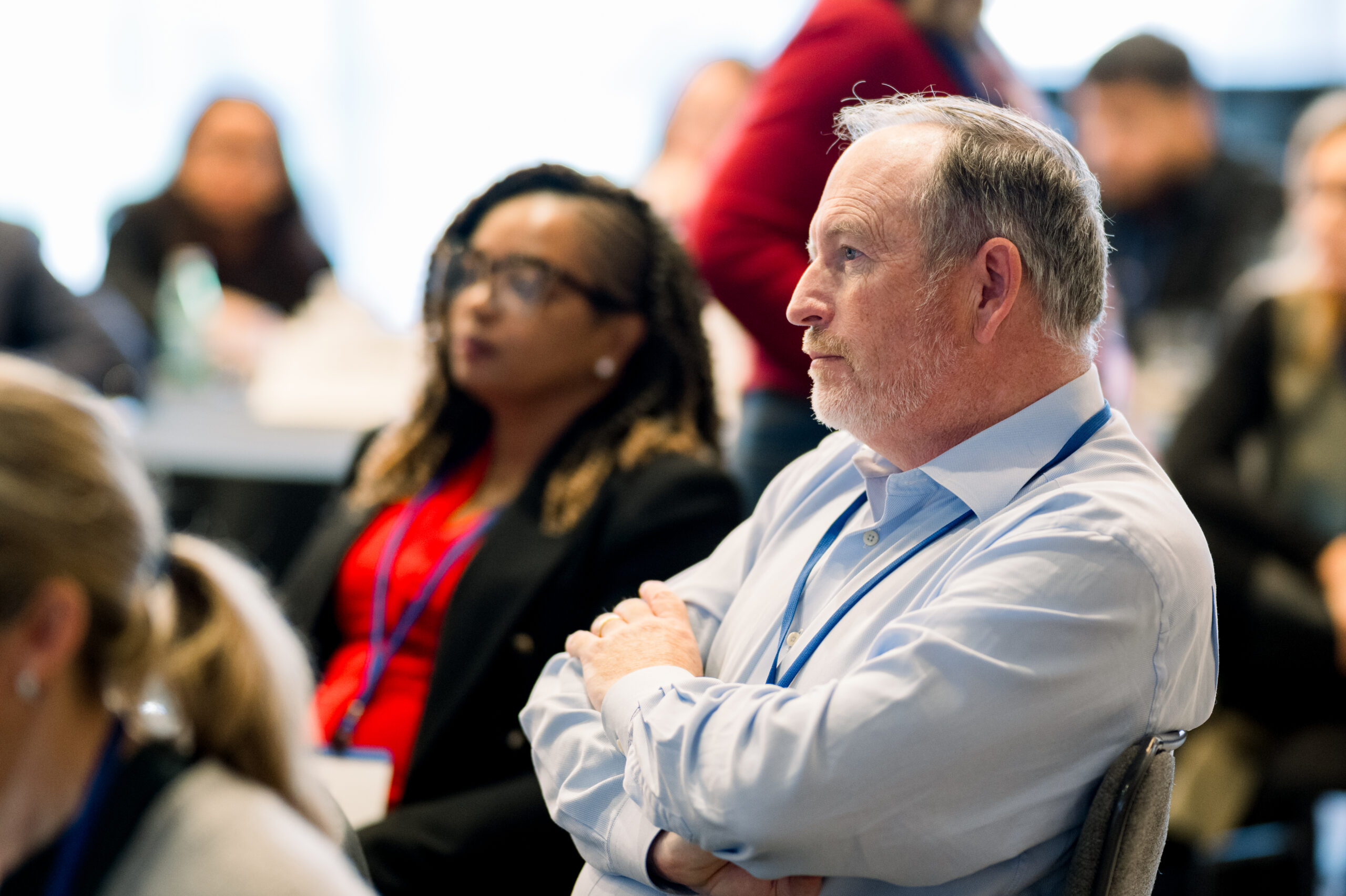Summer Workplace Jammin’: Less Strobe Lights & More Dance Partners


Picture the scene: a beautiful summer night, everyone gathered for a great concert. The band comes on, lights blaze, pyro erupts – the crowd goes wild! But as the show continues, a sense of detachment sets in. The performance becomes more about the technology and less about the music and people sharing the experience. In short, a high-tech show that misses on genuine connection. It’s a similar feeling to a workplace filled with flashy HR tech, but don’t work on creating genuine connection and engagement. This disconnect becomes even more concerning when we consider recent surveys showing just 30% of the workforce feeling engaged, and over 50% report feelings of loneliness.
The potential of workforce technology is immense, and more advancements are on the horizon. The latest Bersin Talent Intelligence report highlights the promise of new Talent Intelligence Systems, which can help identify and close skill gaps. This advancement drives moves like Cornerstone’s recent purchase of SkyHive. Companies creating these systems tout their potential to transform everything, and business executives love to hear this because it promises solutions to costly problems related to recruiting, turnover, and talent pipelines.
However, these complex challenges are as much about people and ingrained ways of working as they are about technology. The latest PwC CEO survey underscores important realities: 70% of CEOs believe AI will significantly change how their companies drive value, and over 50% acknowledge a lack of skills in their workforce, which inhibits their ability to capture this value.
If we focus solely on technology and its promise, we miss the very area it should benefit: people. This means the broader workforce, not just the C-suite. Effective technology integration begins with rethinking and aligning the people ecosystem. Research shows that companies struggle with skill approaches and career development options, not with a lack of fancy talent management systems.
When I led the roll out of a skills program to 90,000 employees, we centered and built it around people. Technology was a part of it; but so was investment in internal career coaches to help participants bridge what they were learning with their aspirations. Further still were the durable skills gained from the journey – resilience, problem solving, adaptability and more. All of these complemented technical skills being built in areas like Business, Technology, Organizational Leadership. With intention to people and technology, we were able to connect a very diverse group of people and their career aspirations and helped thousands to advance their careers.
To keep the human element at the forefront, consider the following:
In the workplace, similar to a great show, the people are what bring the energy, and make it memorable. We should be investing in people and developing human skills with as much we invest in technology. Then technology becomes a powerful tool for business growth driven by human growth. This approach is the real game-changer, not the latest HR buzzword. And it’s the real recipe for a summer workplace jammin’ that lasts all year long.

Industrial flex space has become a quiet favorite among sophisticated investors seeking durable income backed by real business demand. If...

Getting an inheritance is the epitome of a mixed blessing. You receive a financial windfall, but the cause is the...

During his tenure as the California Secretary of Health and Human Services, Mike Wilkening cemented his reputation as a steady...